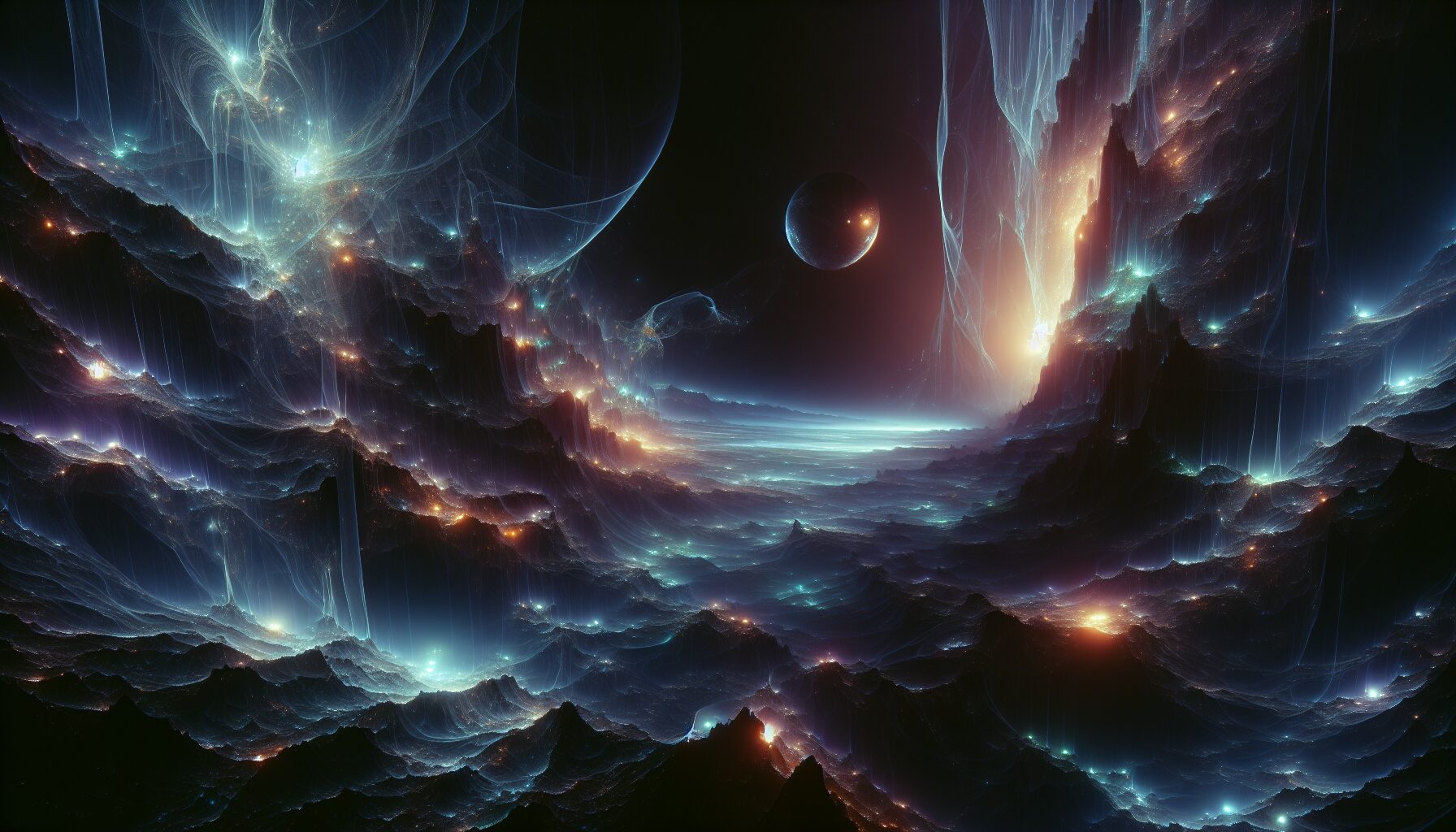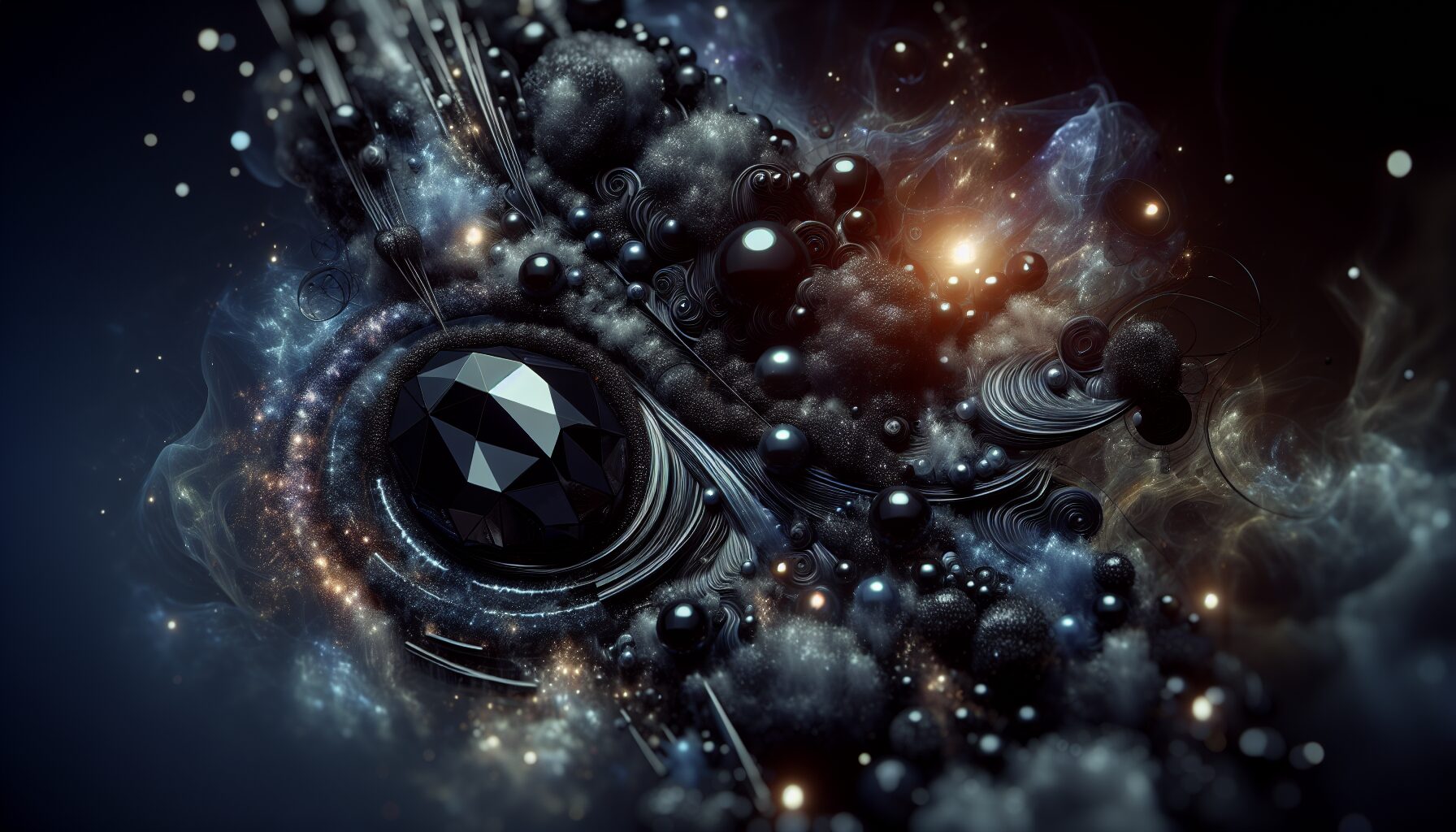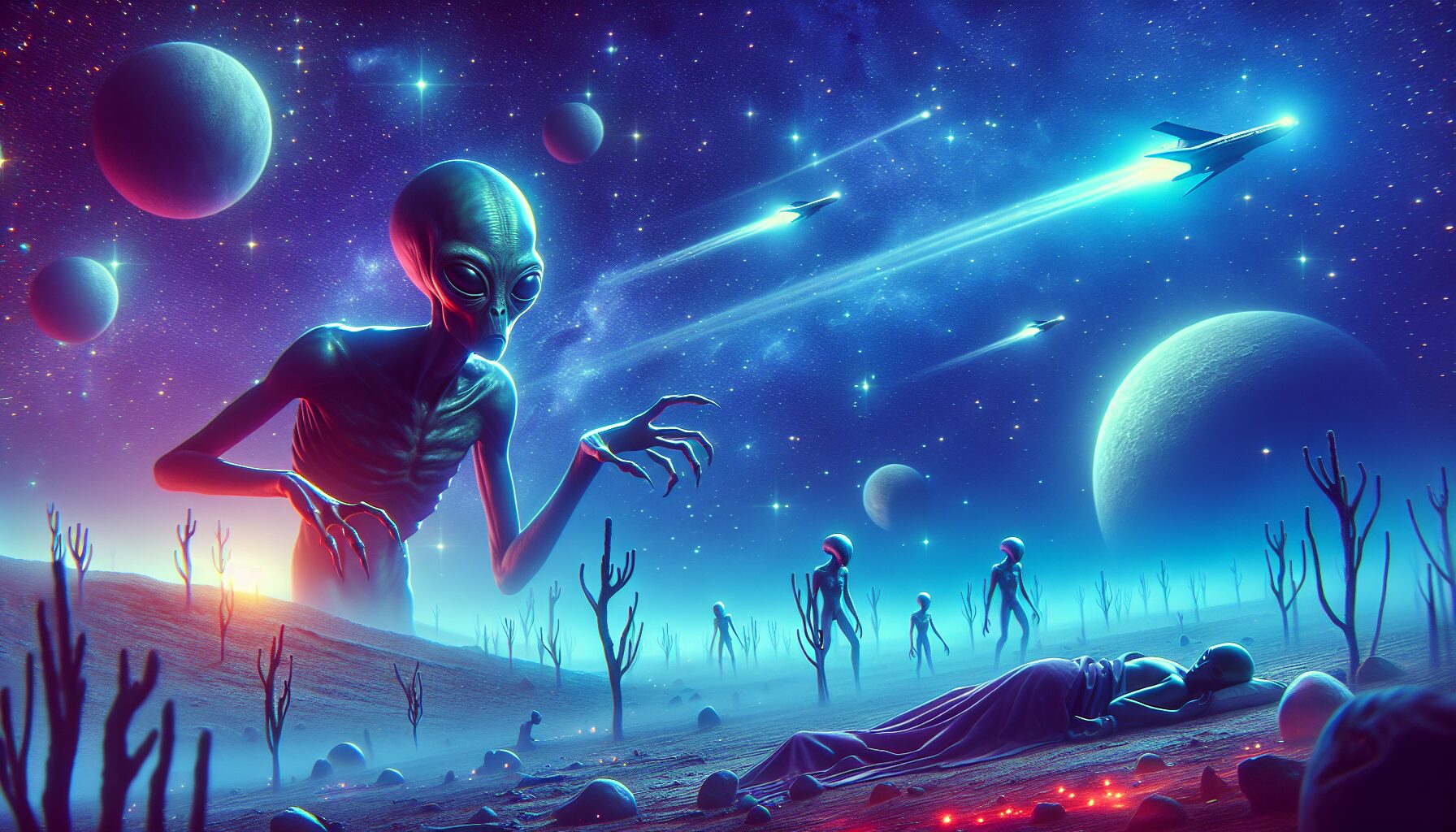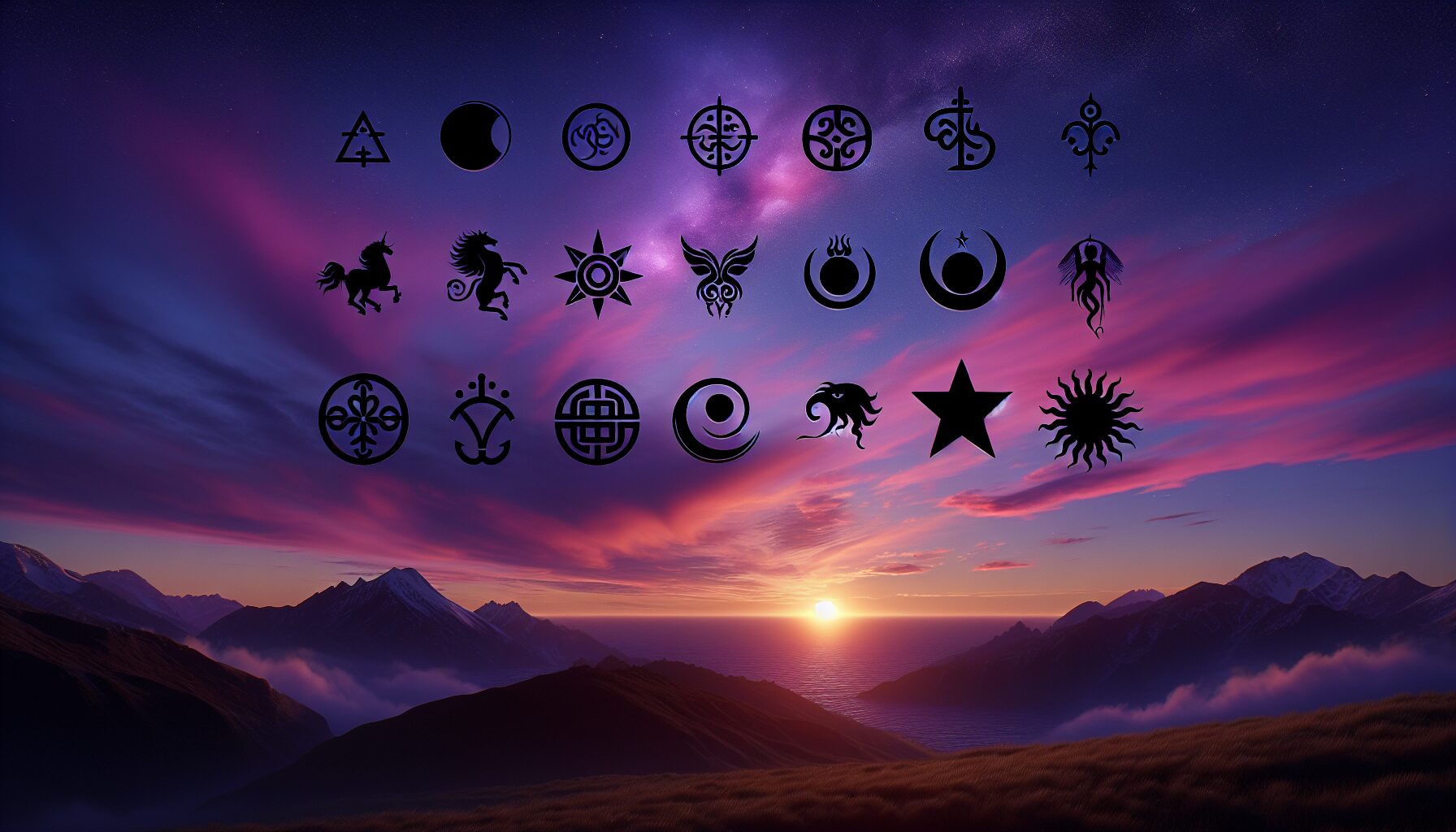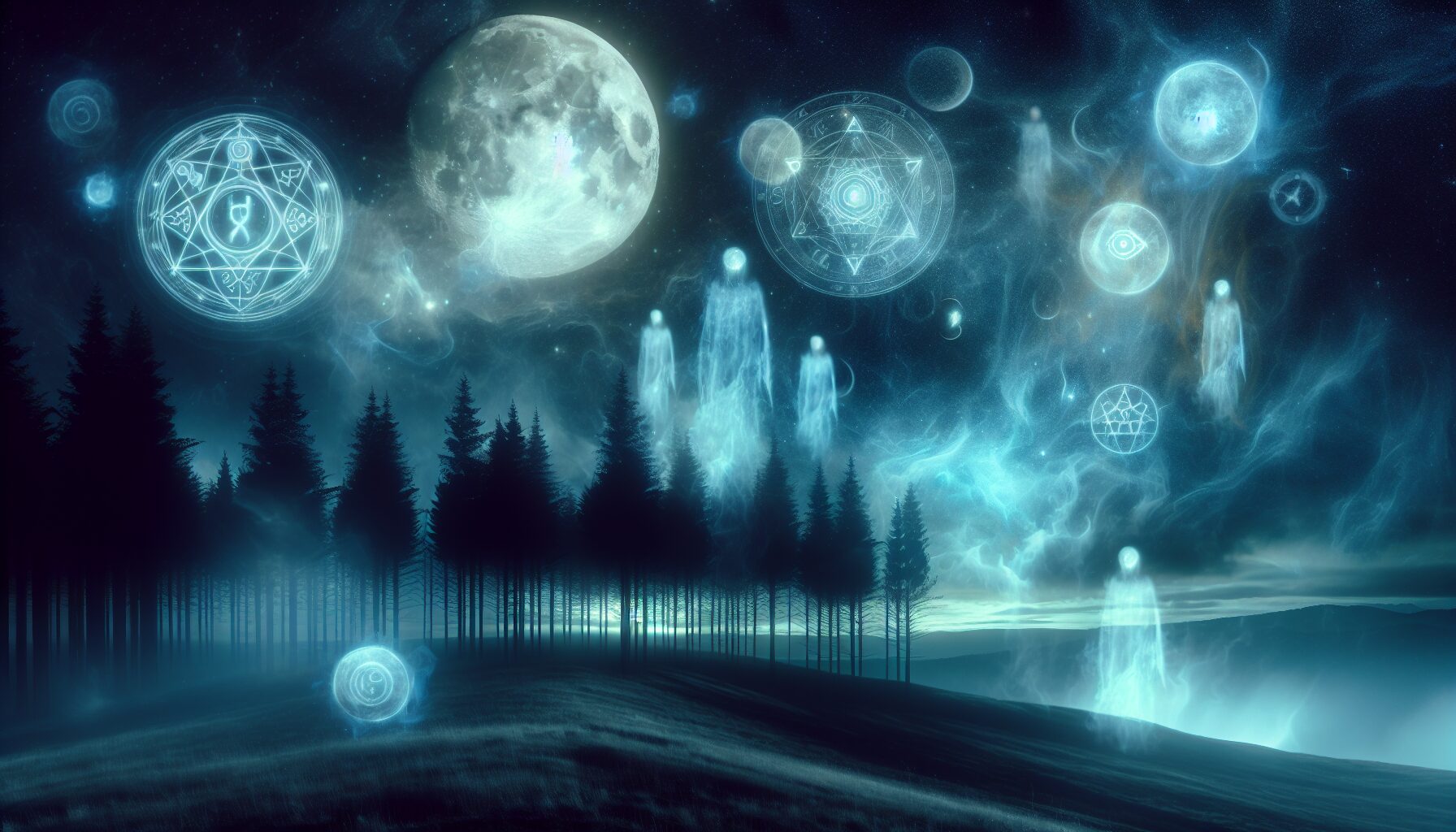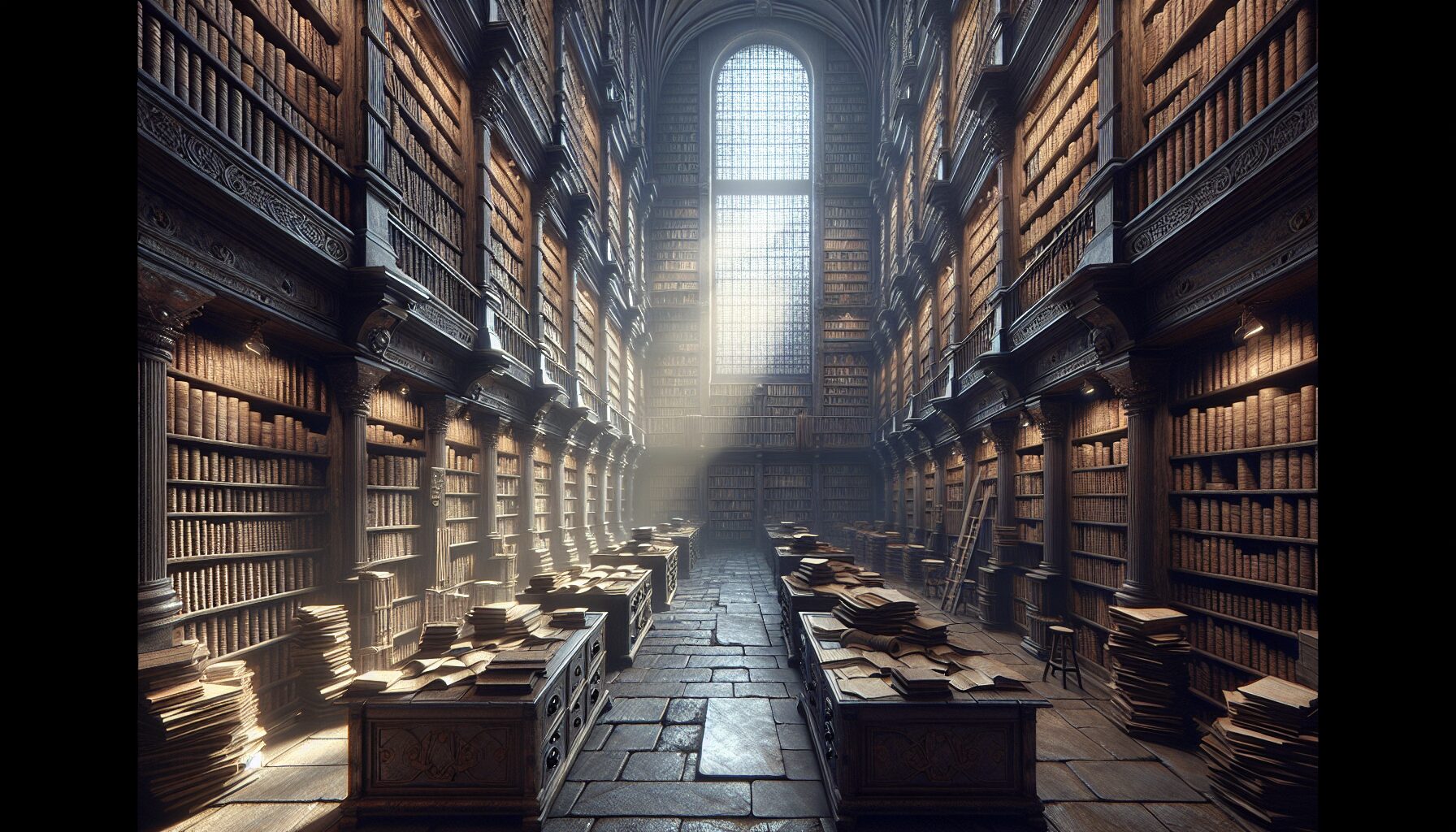Unfolding across azure skies and stretching through the stardust depths of the cosmos, UFO encounters have long captured our imagination, motivating countless to ponder the existence of extraterrestrial life. Whether seen as vessels of invading aliens or symbols of dreams and fears, these unidentified flying objects have become a staple of modern mythology. This article delves into the dreams and realities of UFOs, examining the evidence, the experiences of witnesses, and the broader cultural implications of these enigmatic encounters.
The History and Evolution of UFO Encounters
The mystique of UFOs is not uniquely modern; legends of flying ships and otherworldly beings date back to antiquity. The term “flying saucer” entered popular culture following the 1947 sighting by pilot Kenneth Arnold near Mount Rainier, Washington. Arnold’s account described “nine bright saucer-like objects” darting across the skies, which led to a media frenzy and birthed the UFO phenomenon as we know it today.
“The discs were there and I could see them. I could not, however, find anything in my mind which would substantiate such a phenomenon.” – Kenneth Arnold
Despite official investigations, including the U.S. Air Force’s Project Blue Book which ran from 1952 to 1969, no conclusive explanation was reached, leaving these aerial enigmas steeped in mystery.
Notable Encounters and Testimonies
Across the globe, enthusiasts and skeptics alike have been intrigued by numerous well-documented UFO encounters. Some of the most compelling stories include:
- Roswell Incident (1947): Perhaps the most famous UFO event, it occurred in Roswell, New Mexico, where an alleged UFO crash landing was reported. While the U.S. military asserted it was merely a weather balloon, conspiracy theories about aliens and secretive government cover-ups persist.
- Rendlesham Forest Incident (1980): Known as the “British Roswell,” military personnel reported unexplained lights near a Royal Air Force station in Suffolk, England. Amid bizarre sightings and radiation anomalies, the incident remains a mystery.
- Phoenix Lights (1997): Witnessed by thousands across Arizona, this formation of lights moved silently across the sky for several hours. Despite investigative efforts, explanations have ranged from military exercises to extraterrestrial visitors.
“It was mesmerizing and could not be explained by conventional aircraft or natural phenomena.” – Witness account, Phoenix Lights
The Science and Skepticism of UFOs
While sightings continue to intrigue and baffle, the scientific community maintains a healthy dose of skepticism. The majority of UFO cases often find mundane explanations, ranging from atmospheric phenomena to misidentified aircraft. Dr. Carl Sagan, an astronomer and a champion for scientific inquiry, emphasized the importance of scrutiny, famously stating:
“Extraordinary claims require extraordinary evidence.”
Despite this skepticism, organizations such as SETI (Search for Extraterrestrial Intelligence) dedicate efforts towards understanding our cosmos and the potential for intelligent life beyond Earth.
Cultural and Psychological Implications
UFOs represent a fascinating intersection of culture, psychology, and the unknown. They inspire fear, wonder, and awe, tapping into our primal instincts and the desire to connect with the beyond. Dr. Jung, in his work “Flying Saucers: A Modern Myth of Things Seen in the Skies,” explored the psychological aspects, suggesting that flying saucers could manifest collective unconscious projections.
UFOs have permeated popular culture, influencing cinema, literature, and art, from classics like E.T. the Extra-Terrestrial to recent series such as The X-Files. These cultural artifacts reflect humanity’s eternal struggle to understand its place in the universe, serving as both entertainment and philosophical musings.
Unexplained Phenomena or Extraterrestrial Contacts?
The debate over UFOs remains contentious, caught between rational skepticism and unexplained phenomena. Could these be harbingers of extraterrestrial contacts, or are they manifestations of human hopes and fears? As long as the skies allow glimpses of the unfamiliar, stories of UFOs will endure, fueling our dreams of encounters between worlds.
Ultimately, while each testimony adds weight to the discussion and every incident is an invitation to question the limits of what we know, the enigma of UFOs compels us to look beyond our world, to both the cosmos and within ourselves.
For those enthralled by the mystery, the search for answers continues, reminding us that in the vastness of the universe, the possibilities are as boundless as our imaginations.

